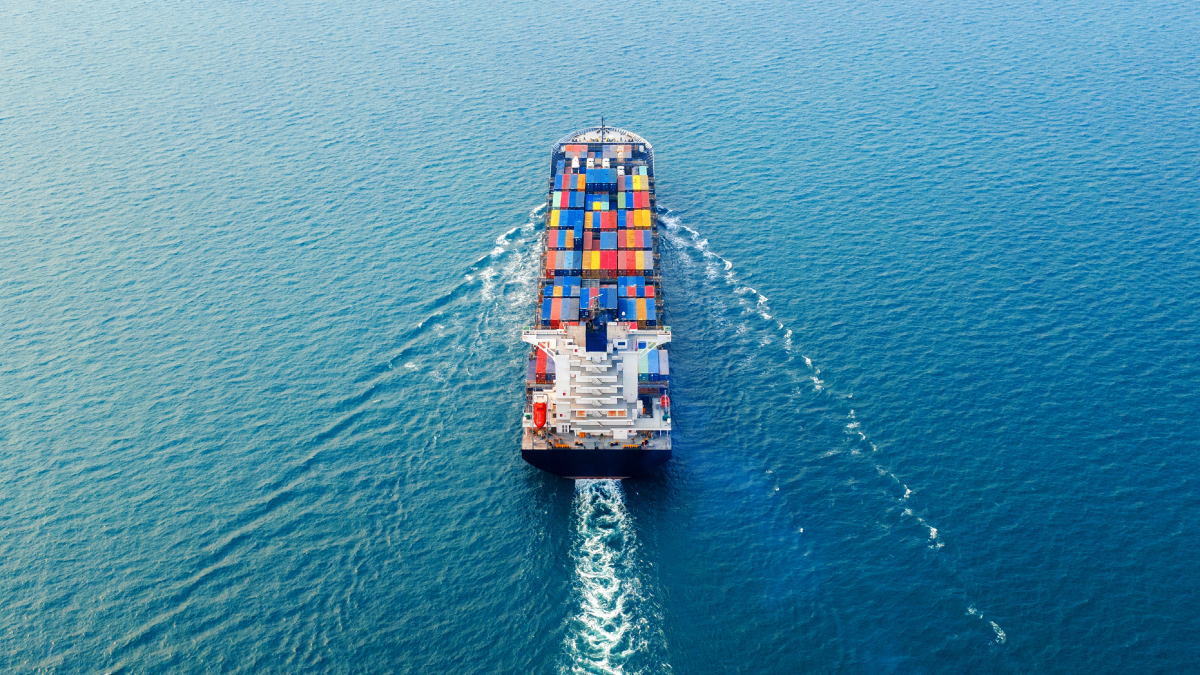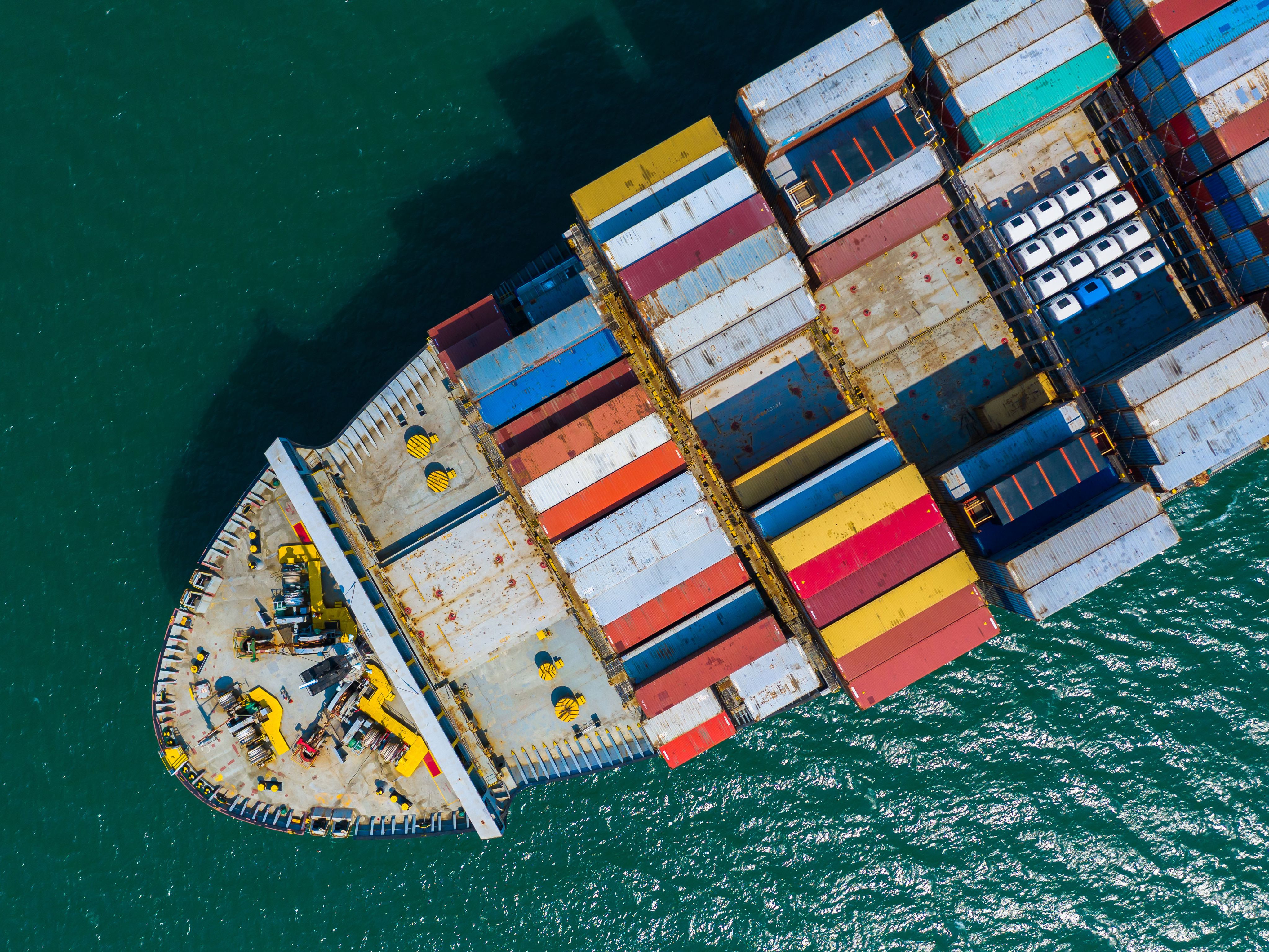
International merchandise trade is booming. Exports of many countries are growing at double digit rates and global trade has already surpassed the pre-pandemic levels of 2019. However, the global trade recovery hides an important asymmetry: small economies and the poorest countries are falling behind. Their recovery is not yet in sight.
In April 2020, the COVID-19 pandemic brought the global economy to a standstill. Production and consumption quickly scaled back across the world and international trade appeared to be on its way to a lasting decline. However, by the summer of 2020, global merchandise trade began to recover, fueled by exports of COVID-19 related goods – largely from East Asian economies. By the end of the year trade was strongly rebounding for many countries and sectors. Global trade continued to grow in the first half of 2021, as global value chains recovered and demand in advanced economies increased.
Global trade is expected to continue growing during 2021. Preliminary data for the first half of 2021 indicates an increase in the value of merchandise trade of about 30% compared to 2020 and of about 15% compared to 2019. UNCTAD projects trade to further recover during the second half of 2021. Overall, for 2021 the value of global trade is forecasted to be about 20% and 28% higher than 2019 and 2020, respectively.
Source: UNCTAD based on national statistics.
Note: Growth rates calculated in relation to 2019 averages. Data is seasonally adjusted and includes only merchandise trade. Third and fourth quarters of 2021 are forecasts.
This strong and rapid trade recovery was largely unexpected. However, a significant worry has been that differences in financial resources could result in an uneven recovery. This could further exacerbate existing inequalities.
The challenge of being small and poor
As time has gone by, this concern has become a reality: there is an uneven recovery in international goods trade. While in the first half of 2021 many economies saw their exports surpass pre-pandemic levels, for many others, exports were still substantially below pre-pandemic levels. Interestingly, the differences in the recovery patterns of international trade do not play out as most would have imagined: economic size seems to have a stronger influence on trade recovery than income levels.
This can be simply illustrated by arranging countries into deciles according to their economic size (as measured by GDP) and income level (as measured by GDP per capita), and then calculating average trade growth rates by comparing exports in the first half of 2021 with the pre-pandemic levels of 2019.
Source: UNCTAD based on national statistics.
Note: Growth rates are simple averages of economies in each decile (economic size measured by GDP). Data is seasonally adjusted and includes only merchandise trade.
The export levels of the poorest countries are still lower than pre-pandemic levels by an average of almost 5%. This is noteworthy in that the first decile includes many of the least developed countries (LDCs), which seems to confirm the hypothesis of poorer countries having a more difficult recovery path. Nevertheless, income levels do not explain the differential export recovery for the remaining countries, and a more in-depth analysis finds no significant overall correlation. In other words, there is no pattern suggesting that export levels of richer countries have recovered faster than others, with the exception of LDCs.[1] The latter is a blow to the SDG target 17.11 of doubling LDCs share of global exports.
A clear pattern, however, is that export recovery has been substantially weaker for smaller economies. The levels of goods exports of the world’s tiniest economies are on average still 25% below pre-pandemic levels. More generally, the data shows that the smaller the economy, the weaker its export recovery towards pre-pandemic levels as been, with a statistically significant correlation.
Importantly, the positive relationship between export recovery and economic size is not driven by geography. The positive correlation remains valid also when considering economies within regions. Whether in Africa, Asia, or Latin America, smaller economies’ exports have recovered to a lesser extent than their larger neighbors.
Source: UNCTAD based on national statistics. Note: Growth rates are simple averages of the countries in each quintile. Data is seasonally adjusted and includes only merchandise trade. Geographic regions include only developing countries.
What could explain these trends?
Further analysis is needed, but one reason for these trends could be that small economies tend to be more fragile and less diversified than larger economies. The impact of the pandemic on their fragile economies was often worse, leaving them lagging behind in recovery. Another reason could be that, since trade recovery has been largely fueled by global value chains linked to advanced and emerging economies, the trade recovery levels of smaller economies have been below global averages.
The strong recovery of world trade is good news for the global economy. But this should not overshadow the fact that the exports of many of the smaller and poorer countries remain well below pre-pandemic levels. Since export trends are generally good predictors of economic performance and many of these countries rely on exports to sustain their economies and development processes, the sluggish export recovery of small economies is a cause for concern.
[“source=unctad”]















































